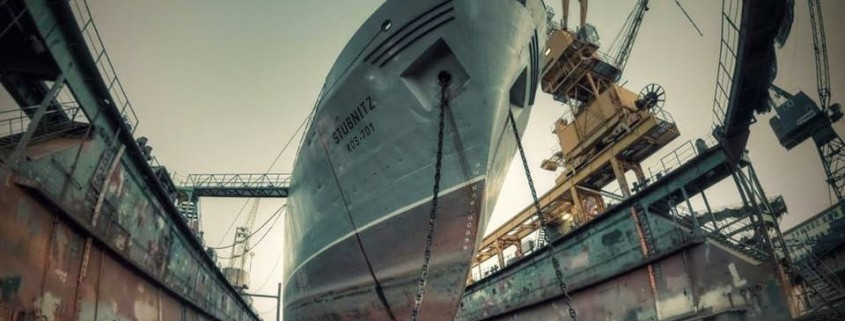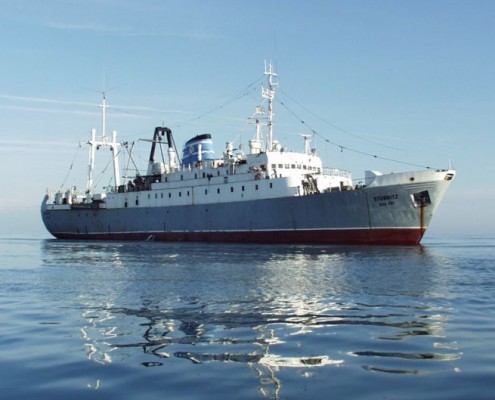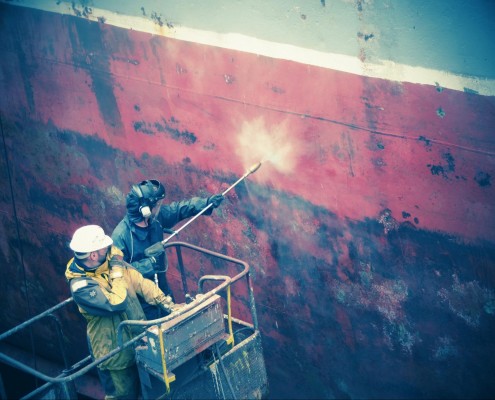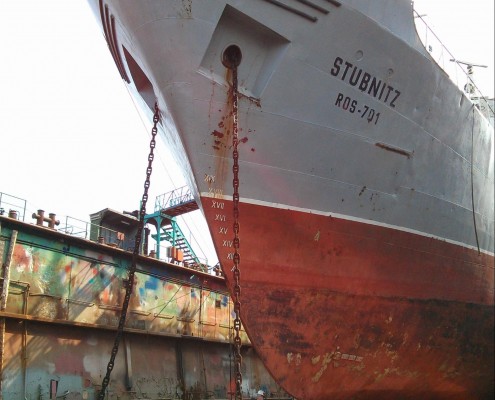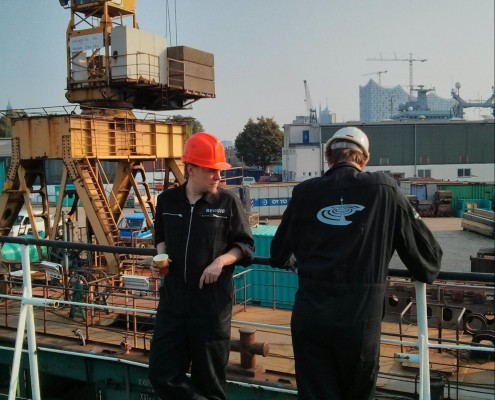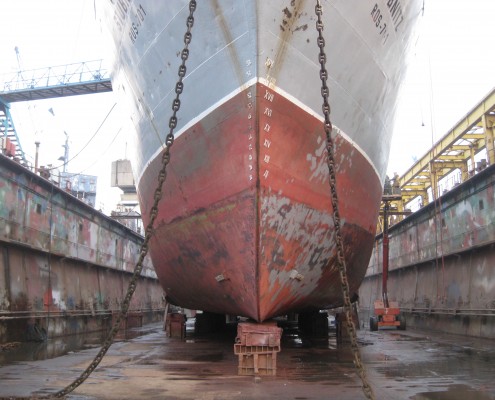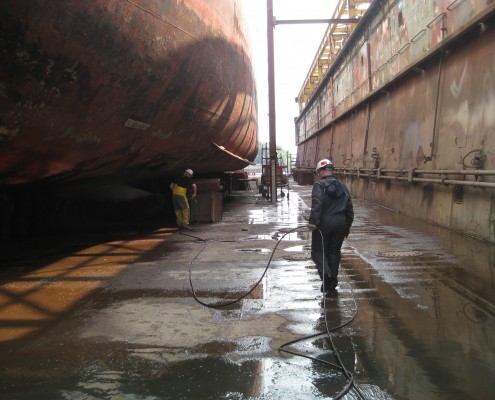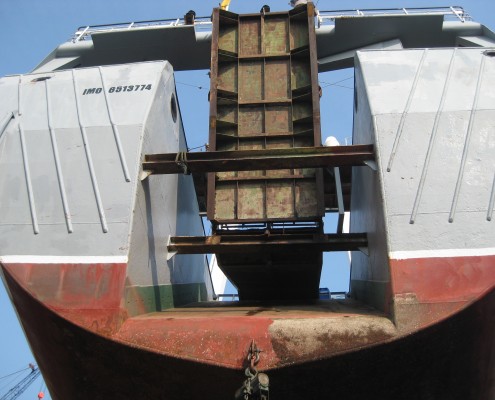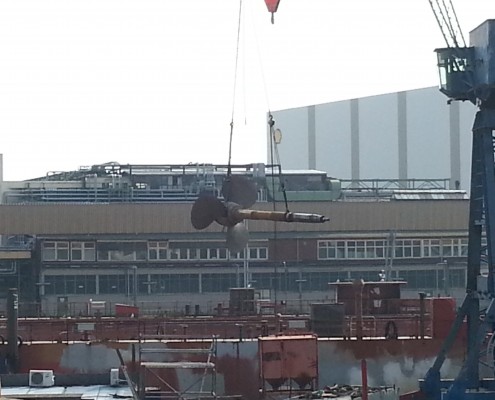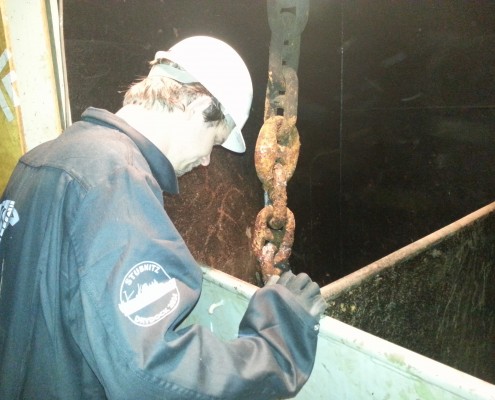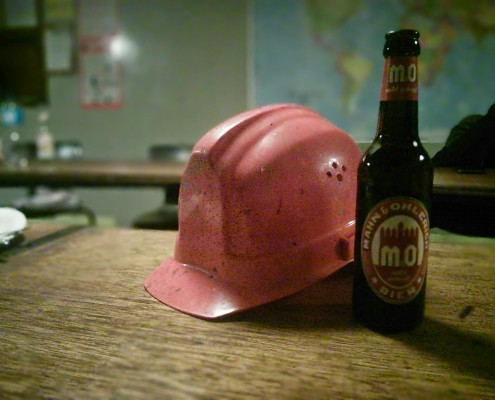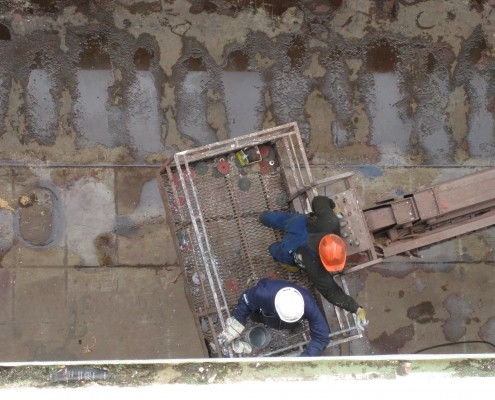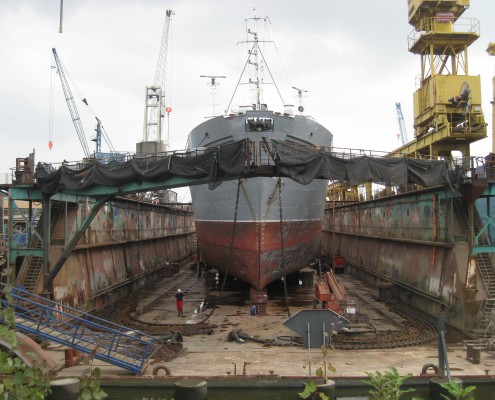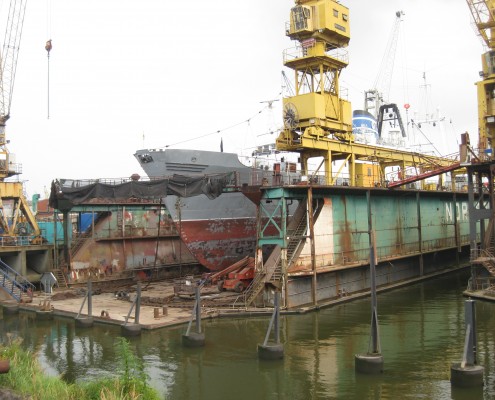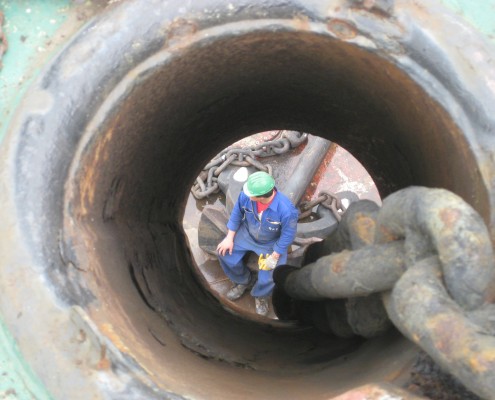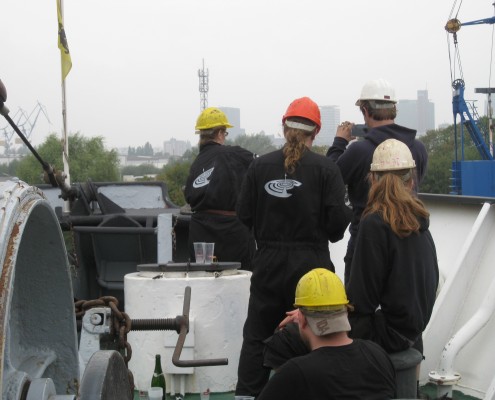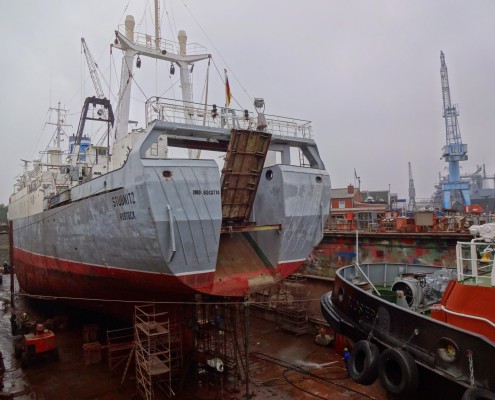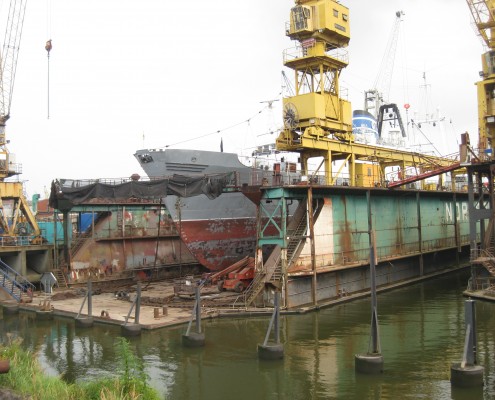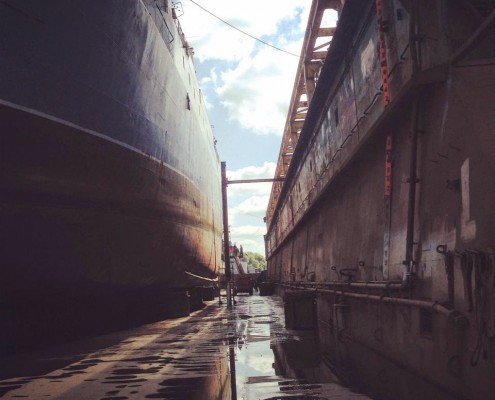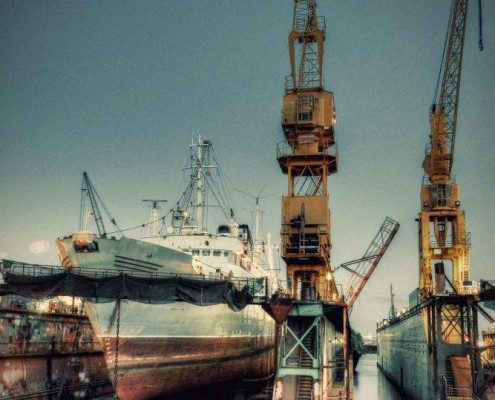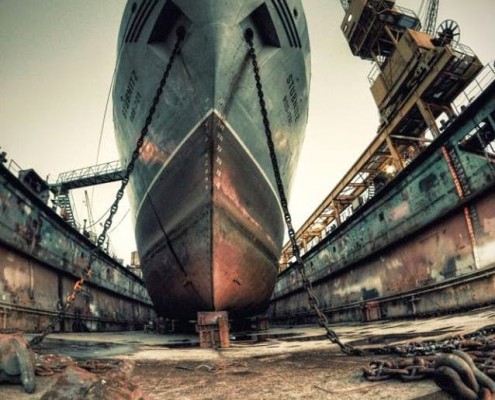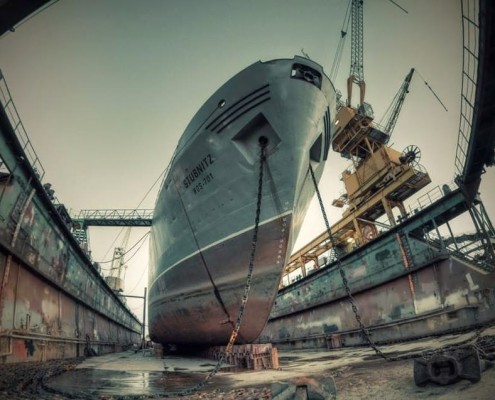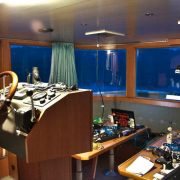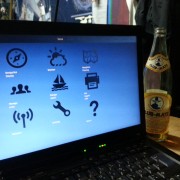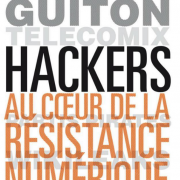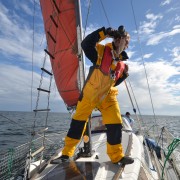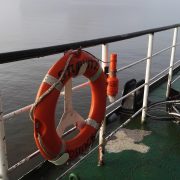Ship Transfer, Repair and Class Renewal of MV Stubnitz
The Ship
MV Stubnitz (former name ROS 701, commissioned in 1964) is a former reefer of the off shore fishing fleet of the former GDR, which is used as a socio-cultural event ship since 1992. Since then, the ship is home to a crew of volunteers who bring culture and art in the seaports of the North and Baltic Sea region.
The Stubnitz is the last seagoing publicly accessible vessel in Europe. Due to new laws (for example ISPS, MLC2011), it is no longer possible for the general public to visit seagoing ships. Other ships of this age are used only as inoperational museum ships, the MS Stubnitz is not only fully functional, but also fully approved and recognised as fully capable sea going cargo vessel for internationally unlimited travel. The Stubnitz would meet the very restrictive german requirements to be classified as traditional vessel – but exceeds the maximum size for traditional vessels five times. Therefore, the only remaining solution is to classify her as international cargo vessel, that is part of the german merchant marine fleet.
Transfer
During the transfer of MV Stubnitz from Dunkerque to Hamburg I was mustered as a guest. Nevertheless, the Crew accepted my offer, to serve as a radar watch on the bridge. Especially in the heavy traffic in the English channel, another pair of eyes on the bridge can be a real safety factor. When commissioned, the socialist state GDR installed used Radar Systems, that were originally build in 1955 for the polish navy. The proper operation of these Navy Radars was challenging but very interesting to learn.
Background
Every seagoing vessel for international travel must undergo an official survey every 5 years , the so-called “Class Renewal”. For this purpose, the ship has to go to dry dock so that the steering gear, the propeller system and the hull can be inspected and officially surveyed. The costs arising from the dry dock and the Class renewal costs were only partially covered by savings, for the other part of the costs a threatening cost coverage gap existed, which could only be covered by a crowdfunding.
Projekt
On one hand the MV Stubnitz needed much more volunteers to perform the necessary work in dry dock, on the other hand it was necessary to successfully complete the crowdfunding to pay for the class renewal and the dry dock. I have therefore organized a tour in which five volunteers and me went into the dry dock to work on the ship, while catching the attention of the media. When I selected the volunteers, it was an important criterion, that each volunteer has a relativly large audience and social-media range. It was not only necessary to perform the actual work, but it was also important to produce as much emotional and viral content as possible, to help the ongoing crowdfunding.
All the participants of this project were IT professionals, who otherwise have very little contact surface with the maritime world. The stories, blog posts, the radio interview and the videos that we brought back from this volunteer effort have been published and have certainly contributed to the success of the crowdfunding.


